The Grand Canyon stands as one of America's most awe-inspiring natural wonders, drawing millions of visitors each year. While the South Rim and North Rim both offer breathtaking views, they cater to different types of travelers. For the average tourist, choosing between the two can be a challenge. The South Rim is often the default choice, but the North Rim has its own unique charm. Understanding the differences between them is key to planning a memorable trip.
The South Rim: Accessibility and Amenities
The South Rim is the most visited part of the Grand Canyon, and for good reason. It is open year-round, easily accessible from major cities like Las Vegas and Phoenix, and offers a wide range of facilities. Visitors will find numerous hotels, restaurants, and shuttle services, making it a convenient option for families and first-time visitors. The viewpoints along the South Rim, such as Mather Point and Yavapai Observation Station, provide iconic panoramic vistas that are instantly recognizable from postcards and travel brochures.
One of the biggest advantages of the South Rim is its well-developed infrastructure. The Grand Canyon Village serves as the main hub, where visitors can access visitor centers, museums, and guided tours. The Rim Trail, a mostly flat and paved pathway, allows even those with limited mobility to enjoy stunning views without strenuous hiking. For those looking to venture below the rim, the Bright Angel Trail offers a well-maintained but challenging descent into the canyon.
The North Rim: Seclusion and Wilderness
In contrast, the North Rim is a quieter, more remote destination. It sits at a higher elevation than the South Rim, resulting in cooler temperatures and a different ecosystem. Due to heavy snowfall, the North Rim is only open from mid-May to mid-October each year. This seasonal closure means fewer crowds, making it ideal for travelers seeking solitude and a deeper connection with nature.
The North Rim's most famous viewpoint, Bright Angel Point, offers a dramatic perspective of the canyon, but reaching it requires a bit more effort. The roads are less developed, and facilities are limited compared to the South Rim. There is only one lodge, the historic Grand Canyon Lodge, and a handful of campgrounds. However, for those willing to embrace the ruggedness, the North Rim rewards with untouched landscapes and a sense of adventure. Hiking trails like the North Kaibab Trail provide a more strenuous but incredibly rewarding experience.
Scenery and Photography
Both rims offer spectacular scenery, but the views differ significantly. The South Rim’s viewpoints are more expansive, showcasing the vastness of the canyon with layers of red and orange rock stretching endlessly. Sunrises and sunsets here are particularly magical, with the changing light casting dramatic shadows across the canyon walls.
The North Rim, on the other hand, provides a more intimate experience. The higher elevation allows for lush forests of aspen and spruce, creating a striking contrast against the canyon’s rugged terrain. Photographers often prefer the North Rim for its unique vantage points and softer lighting conditions, especially during the golden hours of early morning and late afternoon.
Crowds and Atmosphere
For those who dislike crowds, the North Rim is the clear winner. The South Rim can feel overwhelming during peak seasons, with long lines at viewpoints and packed shuttle buses. The North Rim’s limited access ensures a more peaceful experience, where the sounds of nature aren’t drowned out by chatter and camera clicks.
That said, the South Rim’s bustling atmosphere has its own appeal. The variety of guided tours, ranger programs, and cultural exhibits enrich the visitor experience, offering insights into the canyon’s geology and history. Families with children or those who prefer structured activities may find the South Rim more accommodating.
Final Considerations
Ultimately, the choice between the South Rim and North Rim depends on what kind of experience you’re seeking. If convenience, accessibility, and a wide range of amenities are priorities, the South Rim is the better option. However, if solitude, wilderness, and a more rugged adventure appeal to you, the North Rim is worth the extra effort.
Both rims showcase the Grand Canyon’s grandeur in their own ways, and for those with enough time, visiting both can provide a well-rounded perspective of this natural wonder. Whether you choose the lively South Rim or the serene North Rim, the Grand Canyon promises an unforgettable journey into one of the planet’s most magnificent landscapes.

By Eric Ward/Apr 11, 2025
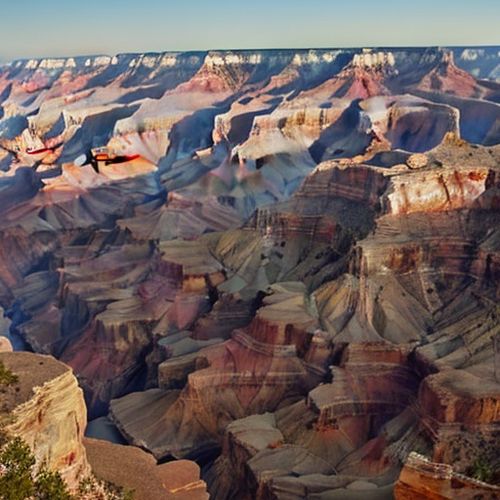
By Laura Wilson/Apr 11, 2025
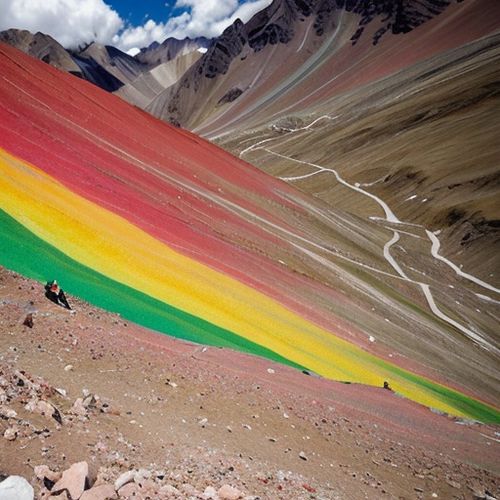
By Jessica Lee/Apr 11, 2025
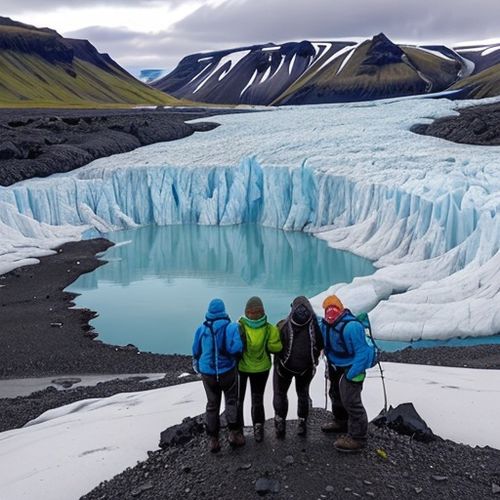
By Christopher Harris/Apr 11, 2025
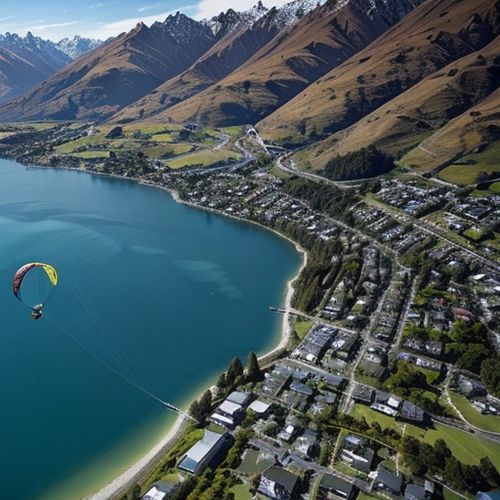
By Michael Brown/Apr 11, 2025
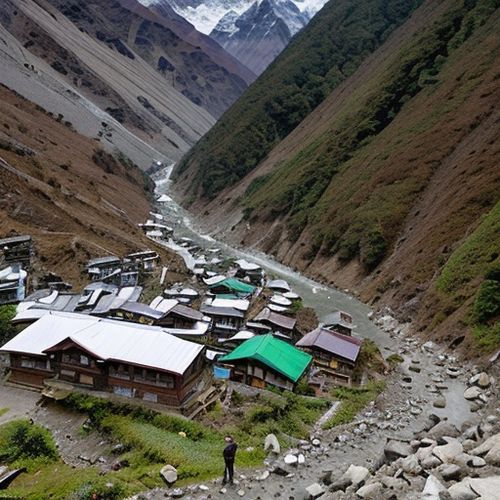
By Victoria Gonzalez/Apr 11, 2025

By Daniel Scott/Apr 11, 2025

By Natalie Campbell/Apr 11, 2025

By Daniel Scott/Apr 11, 2025
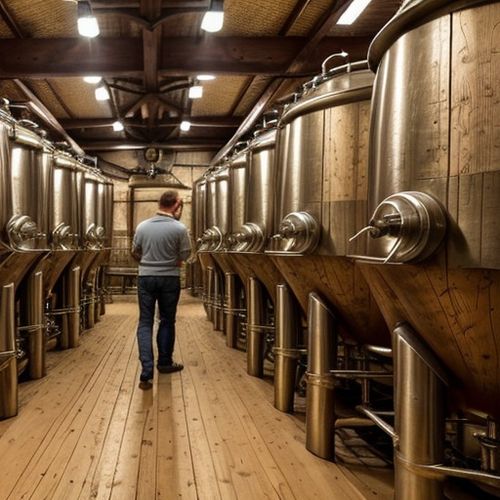
By Joshua Howard/Apr 11, 2025

By Christopher Harris/Apr 11, 2025

By Amanda Phillips/Apr 11, 2025

By Rebecca Stewart/Apr 11, 2025

By Amanda Phillips/Apr 11, 2025

By Megan Clark/Apr 11, 2025

By Olivia Reed/Apr 11, 2025

By Jessica Lee/Apr 11, 2025

By Grace Cox/Apr 11, 2025
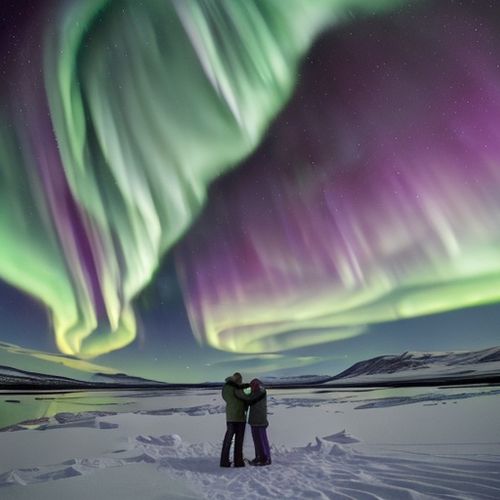
By Rebecca Stewart/Apr 11, 2025

By Olivia Reed/Apr 11, 2025